As an experienced PM, I’ll let you in on my little secret. I absolutely, wholeheartedly, hate slide decks and PowerPoint presentations.
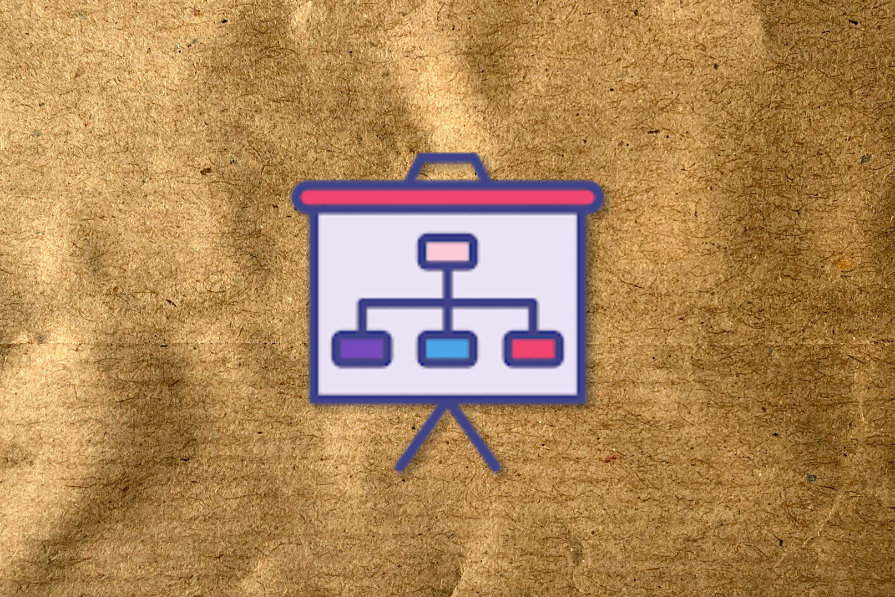
Even though they’re extremely common and most product managers are expected to prepare one every now and then, I do everything I can to avoid that. Let me explain why.
In my opinion, slide decks come with a lot of problems for your product team. Some of the most significant of these include:
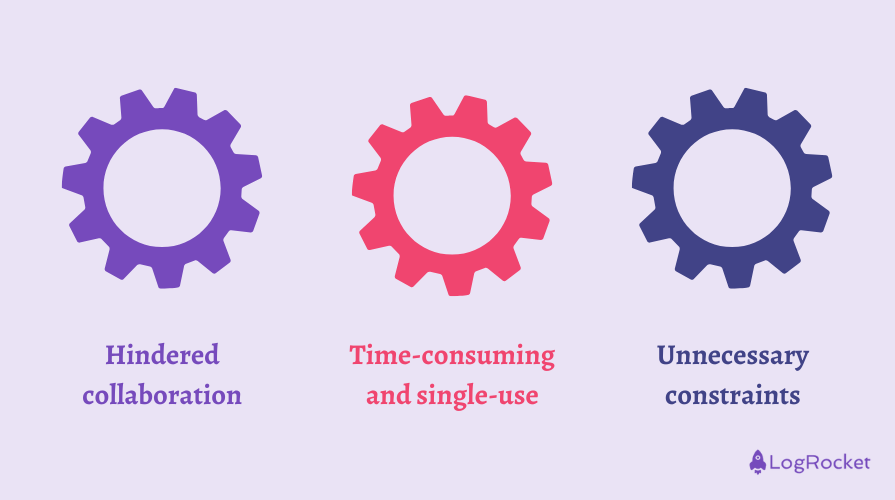
I’ve never seen a group of people brainstorming and figuring out solutions while working on a slide deck.
Most people associate slide decks with a “presentation,” and these expectations guide their behavior, causing them to act like “I’m here to listen.” It’s really hard to get people out of “listener” mode when presenting.
It takes a lot of time to make a slide deck shine. Even if you’re the “messy yet still functional” type, it’s still extra work to collect information into a slide deck that’ll most likely be discarded after a single use.
Oftentimes we spend time on a PPT to present once and then not have a reason to go back to it.
Slide decks hinder the way you can present and discuss ideas. The artificial split for “slides” often forces you to do mental gymnastics to connect ideas between them. It’s an unnecessary effort forced by an artificial structure.
So if a slide deck doesn’t cut it, what does?
Before getting to my alternatives, let’s take a look at a few criteria I have for any collaboration/discussion/presentation tool:
With these criteria in mind, my favorite alternatives to slide decks are as follows.
Virtual whiteboards are by far my favorite way to present ideas or discuss issues.
It’s basically an empty canvas with unlimited possibilities. You can use it for sketching ideas together, organizing/prioritizing solutions, planning a timeline, or defining a strategy. You never run to “oh I wish I could do X”, whether X is just adding a note, drawing a connection, or visualizing something.
It also makes it easy to see the bigger picture — you can literally just zoom out. Everyone in the meeting can easily join the board and make edits/comments on the go:

But most importantly, since I use whiteboards on a day-to-day basis to gather my thoughts, ideas, and plans, it means I don’t have to create something specifically for the meeting. I just need to clean it up a bit. There’s also no need to update anything after the meeting — it’s already on the whiteboard!
For more polished ideas in progress, you usually need a more specific type of document. This might be a product requirements document, project charter, or anything similar.
Oddly enough, they can also be a source of misalignment, because it’s easy to let it get outdated. For example, you discuss something in the meeting and then forget to update all related documentation, or the way you described something doesn’t fully reflect what stakeholders thought was agreed on, and so on and so on.
Instead of working on PRDs in your cave and then sending them to engineering teams, use them instead of PPTs to summarize key ideas and/or present initiatives.
You don’t run the risk of your slide deck being slightly different than your engineering document. Also, you don’t need to create yet another document after the meeting, risking further misalignments. And it obviously saves time.
We often think it’s “too detailed” and that we should skip details and talk at a high level with most stakeholders. Even though sometimes it’s true, most of the time they actually appreciate the extra level of detail.
Next time you’re pitching or discussing a specific initiative, open the engineering doc in edit mode, walk stakeholders through it, and if there’s any feedback or clarifications, edit on the go.
If the idea is more refined or better explained visually, just create a quick design/prototype. Add some comments if needed, but don’t create another accompanying file; that’s a waste.
The design file with some commentary is usually enough to explain the concept and direction. It also makes the thing you’re discussing much more tangible.
If a stakeholder disagrees or offers some adjustments, you can make them on the go and ask if that’s what they’re suggesting, instead of making a note to fix something after the meeting and circle back for another round of feedback.
No design skill? No problem. With so many AI editors, you can just use quick prompts and ask AI to incorporate the feedback and adjust the design. It might not be a development-ready, perfect design, but it’ll still help make sure everyone’s aligned.
With many different options to use for discussions and pitches, it can be confusing when to use what, so here’s a list of the most common scenarios and what I believe is the best pick for each.
Whiteboards are superior when it comes to open-ended, often messy discussions. Removing constraints allows for the creative mess that’s often needed for this type of talk.
Whether it’s from an experiment, research, or analysis, whiteboards are great for presenting results. Their open structure allows you to put screenshots, graphs, etc., wherever they support your point the most.
These meetings often turn into brainstorming/discussion ones in the long run, which are also best supported by a whiteboard.
If you’re pitching or discussing something already fleshed out and are seeking specific feedback or an alignment check, use PRDs or designs. These also work great for working with a nuisance.
Go for PRD if the idea has a complex logic and rules that need to be well-described.
Go for design if the idea is best described visually.
If the change you’re discussing is small, such as adjusting the layout slightly or changing the copy, don’t over-produce documentation; just design it and show the before and after.
Before starting any development, it’s essential to make sure every key stakeholder is on board. Going through a PRD, although time-consuming, is the most efficient way to make sure nothing slips through the cracks.
If possible, your PRD should be accompanied by a design to further streamline alignment.
Okay, to be perfectly honest, it’s not like slide decks are all evil. There are still use cases where a good old slide deck works best. They are, however, quite limited.
The first use case for slide decks is repetitive information. If you’re presenting the same information over and over again (e.g., introduction/onboarding material for new hires), a slide deck works just fine most of the time.
The second use case is in a very formal setting. Especially when pitch is expected more than collaboration, for example, when meeting with VC investors or presenting results to the board of investors, a well-crafted slide deck will be more appropriate than a messy whiteboard.
It’s not like slide decks are evil. The problem is that people often treat them as their go-to comfort tool, while in product management, in most cases, there are better alternatives.
What are your thoughts about slide decks? Let us know in the comment section below.
Featured image source: IconScout
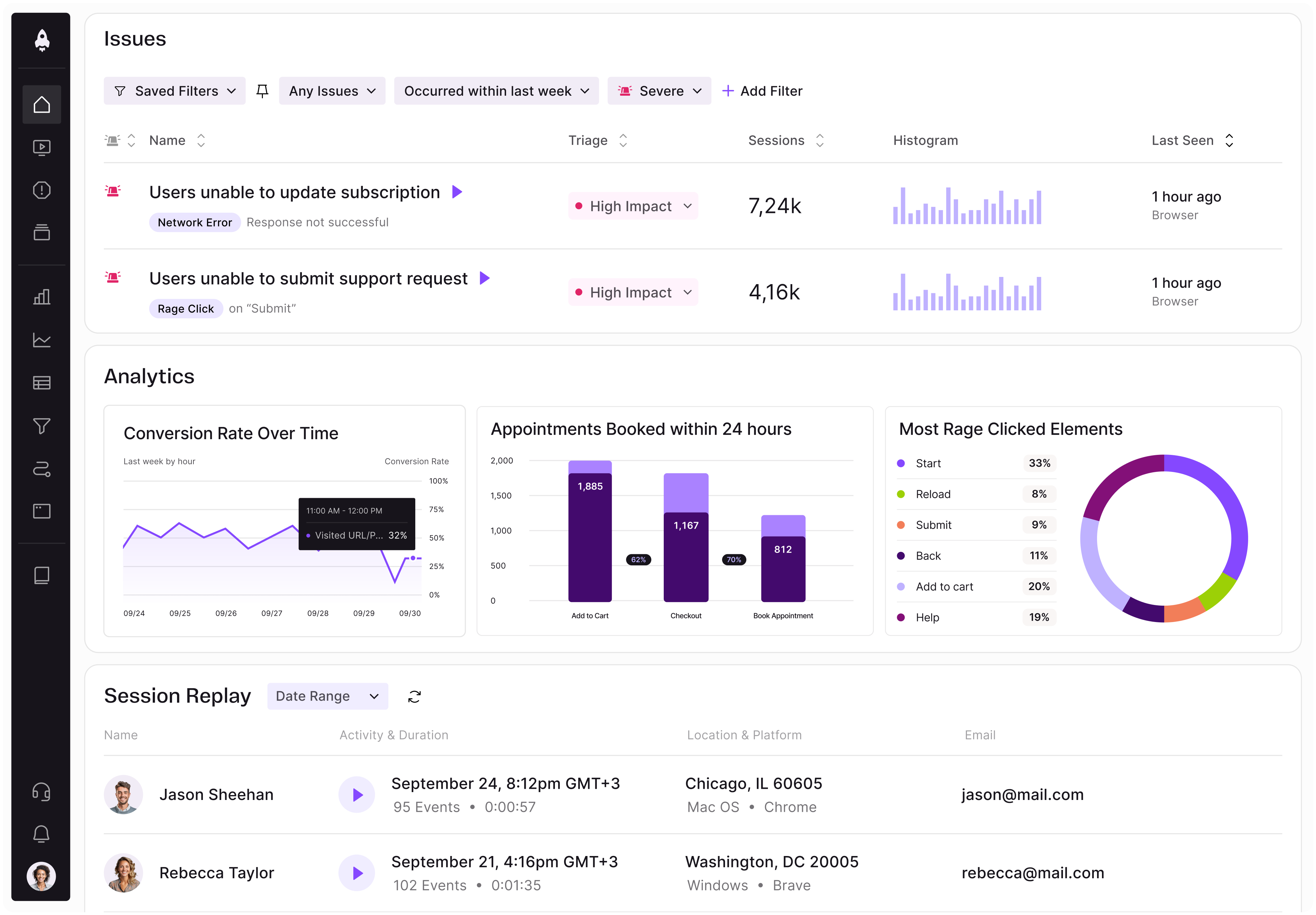
LogRocket identifies friction points in the user experience so you can make informed decisions about product and design changes that must happen to hit your goals.
With LogRocket, you can understand the scope of the issues affecting your product and prioritize the changes that need to be made. LogRocket simplifies workflows by allowing Engineering, Product, UX, and Design teams to work from the same data as you, eliminating any confusion about what needs to be done.
Get your teams on the same page — try LogRocket today.
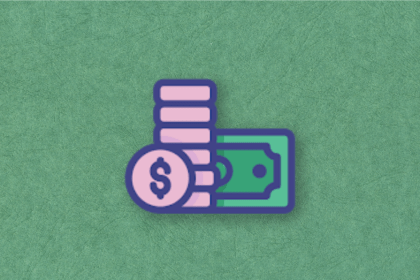
A practical five minute revenue estimation method to help product managers compare ideas, drop low impact features, and prioritize smarter.
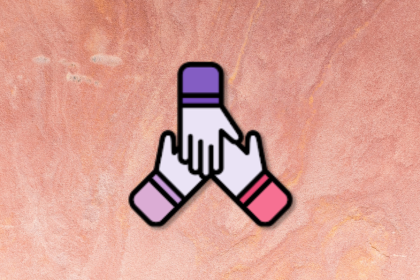
A practical guide for PMs who want to stop being bottlenecks, delegate smarter, and lead teams effectively with a clear ownership framework.

Stop letting unreliable data block features. Treat data as inventory to track quality, ownership, and ship with confidence.

AI PM roles are evolving fast. Learn the five types of AI PMs, the skills they need, and how they shape AI products across industries.
One Reply to "Slide decks are boring. Here’s how I share ideas instead"
It’s refreshing to hear someone speak out against the monotonous slide decks! I completely agree that there are more engaging ways to share ideas. What alternatives have you found most effective in your presentations?
https://lyricstosong.io